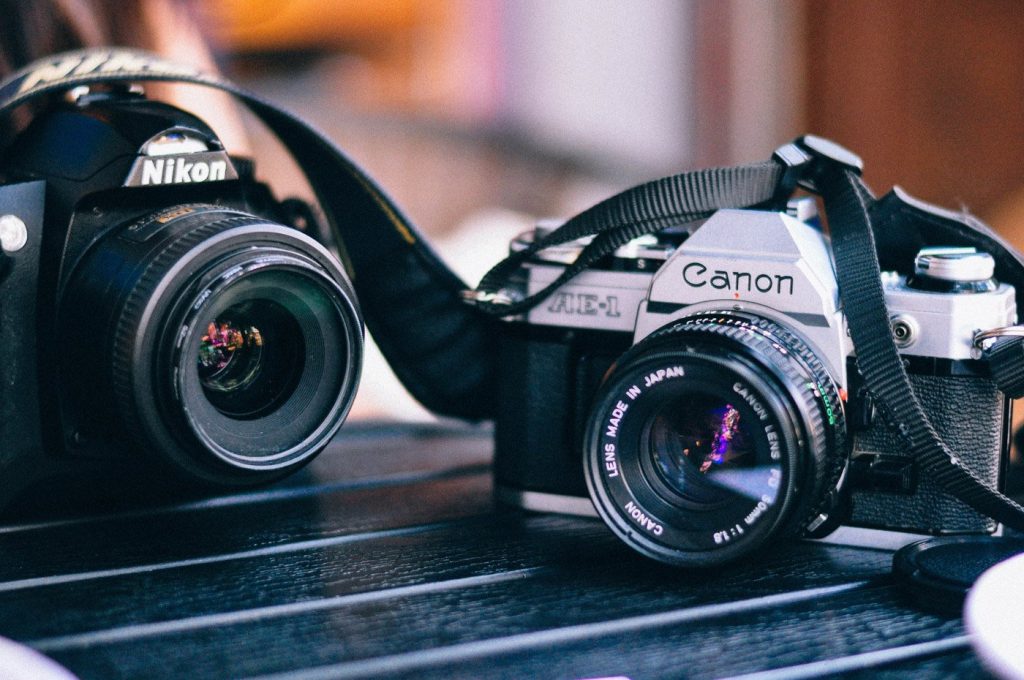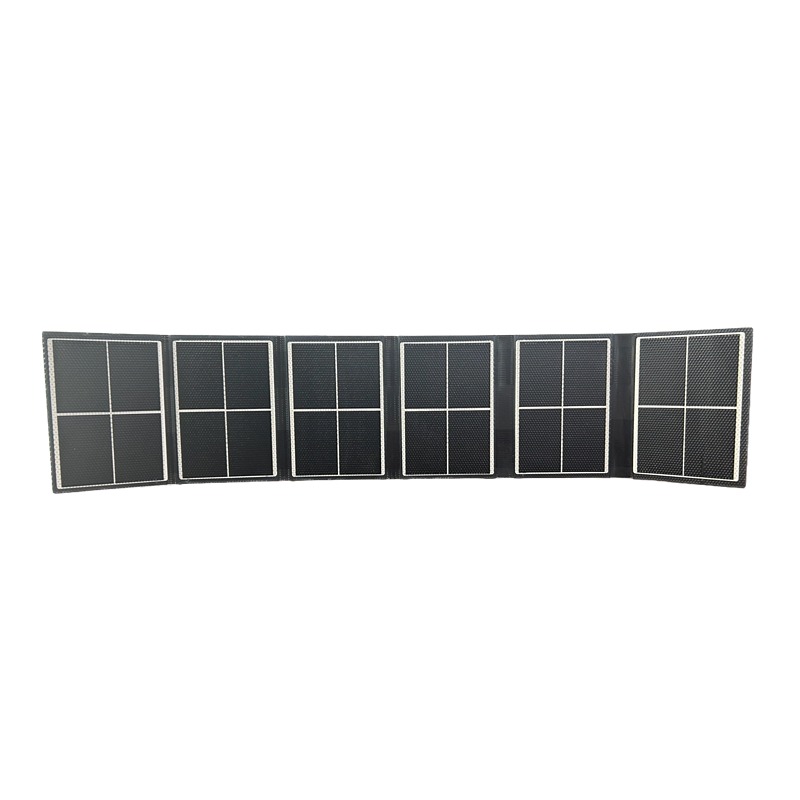Demystifying Lens Selection: A Comprehensive Guide to Choosing the Right Lens
3 min read
When it comes to photography, choosing the right lens is crucial for capturing the perfect shot. With a wide range of lenses available in the market, it can be overwhelming to determine which one is best suited for your needs. In this comprehensive guide, we will delve into the factors to consider and provide practical tips to help you make an informed decision. So, let's explore the question, "How do I know what lens to use?"
Understanding Lens Types:
Before diving into lens selection, it's essential to understand the different types of lenses available. There are prime lenses, which have a fixed focal length, and zoom lenses, which offer variable focal lengths. Prime lenses are known for their superior image quality and wider maximum aperture, making them ideal for low-light conditions and achieving a shallow depth of field. On the other hand, zoom lenses provide versatility by allowing you to zoom in and out, making them suitable for various shooting scenarios.
Identifying Your Photographic Needs:
To determine the right lens for your specific needs, it's crucial to identify the type of photography you engage in most frequently. Are you a landscape photographer, a portrait enthusiast, or an action sports shooter? Each genre requires different focal lengths and features. For example, landscape photographers often opt for wide-angle lenses to capture expansive scenes, while portrait photographers prefer lenses with longer focal lengths to achieve a pleasing compression effect.
Consider Aperture and Image Stabilization:
Aperture plays a significant role in lens selection. A wider maximum aperture, indicated by a smaller f-number (e.g., f/1.8), allows more light to enter the lens, enabling better performance in low-light conditions and creating a shallow depth of field. This is particularly important for portrait and low-light photography. Additionally, image stabilization technology can help reduce camera shake, resulting in sharper images. If you frequently shoot handheld or in challenging lighting situations, consider lenses with built-in image stabilization.
Research Lens Compatibility:
When choosing a lens, it's crucial to ensure compatibility with your camera body. Different camera manufacturers have their own lens mounts, so it's essential to research and select lenses that are compatible with your camera system. Additionally, consider the availability of lenses within your chosen camera ecosystem, as a broader selection provides more options for future upgrades.
Seek Recommendations and Reviews:
To gain insights into lens performance and user experiences, it's beneficial to read reviews and seek recommendations from professional photographers or online photography communities. These sources can provide valuable information on image quality, build quality, autofocus speed, and other important factors that may influence your decision.
Rent or Borrow Lenses:
If you're unsure about investing in a particular lens, consider renting or borrowing it before making a purchase. This allows you to test the lens in real-world scenarios and determine if it meets your expectations and requirements. Renting also provides an opportunity to experiment with different lenses and focal lengths without committing to a long-term investment.
Conclusion:
Choosing the right lens is a critical decision for any photographer. By understanding the different types of lenses, identifying your photographic needs, considering aperture and image stabilization, researching compatibility, seeking recommendations, and renting lenses, you can make an informed choice. Remember, the perfect lens is the one that helps you achieve your creative vision and captures the world through your unique perspective. Happy shooting!


